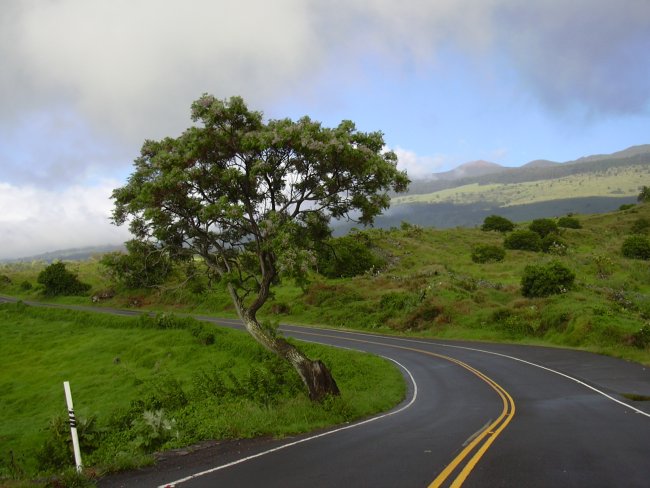Climate Matching Map
| Attachment | Size |
|---|---|
| ClimateMatch_AZ_Melia_azedarach.pdf (1.32 MB) | 1.32 MB |
1. Question 1
2. Question 2
3. Question 3
4. Question 4
5. Question 5
6. Question 6
7. Question 7
understory vegetation" (Waggy, 2009).
8. Question 8
9. Question 9
10. Question 10
11. Question 11
Root buds were produced in all (fire treated and control) plagiotropic root cuts when incubated under controlled conditions. Root suckers developed from the differentiation of parenchymatous cells produced by meristematic activity in the cambial zone. Results from ongoing experiments indicate that the chances of a root sprout to survive into a new individual are much higher than those of a seedling (Tourn et al, 2000)
12. Question 12
13. Question 13
14. Question 14
15. Question 15
16. Question 16
17. Question 17
18. Question 18
dispersed by water and birds (Waggy, 2009).






